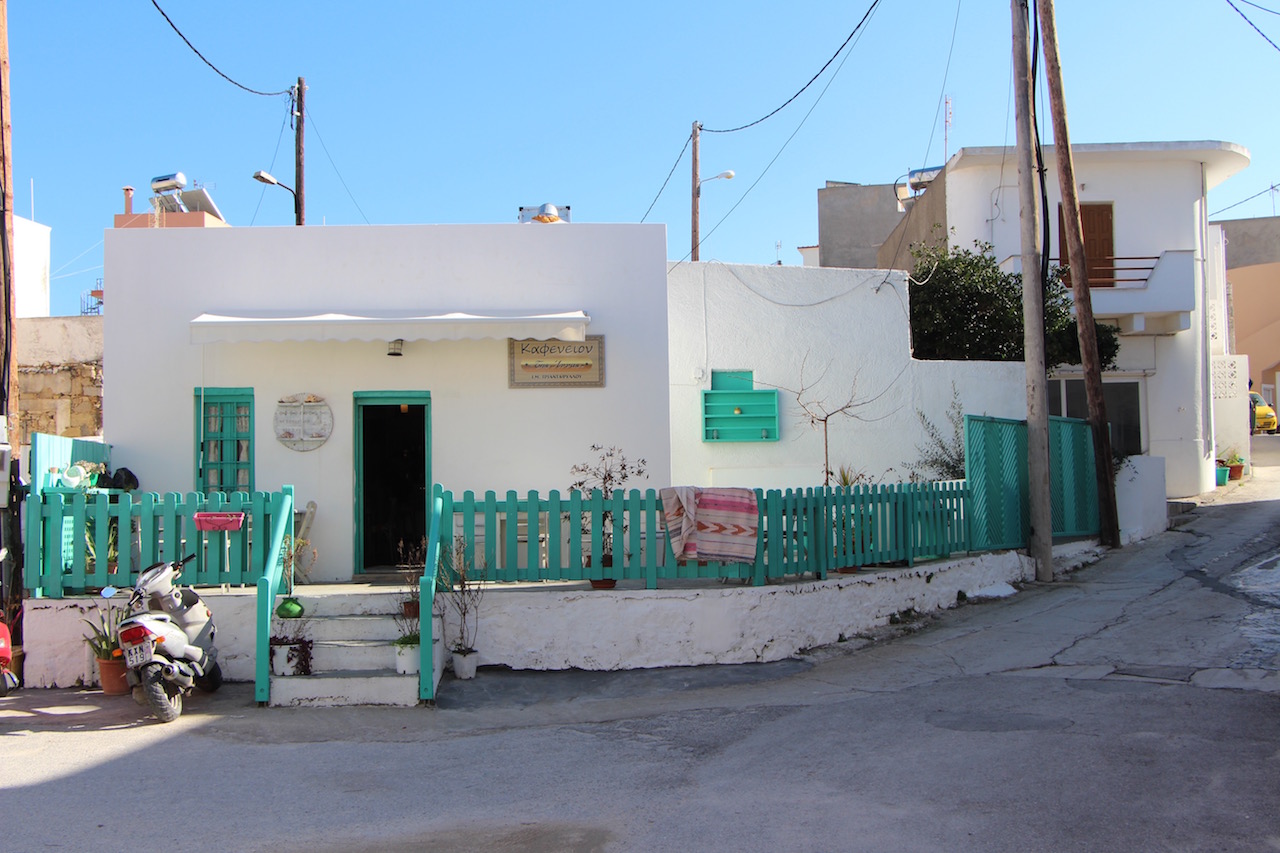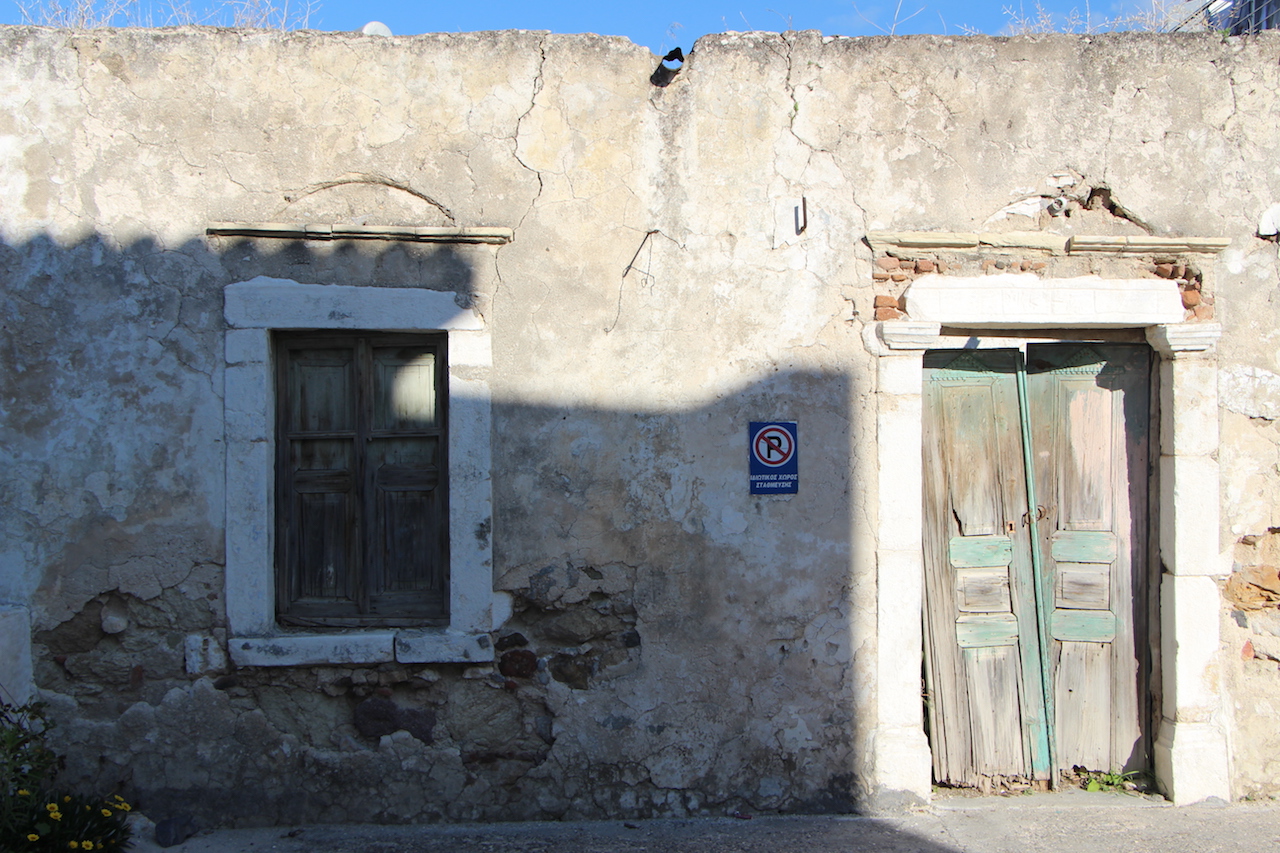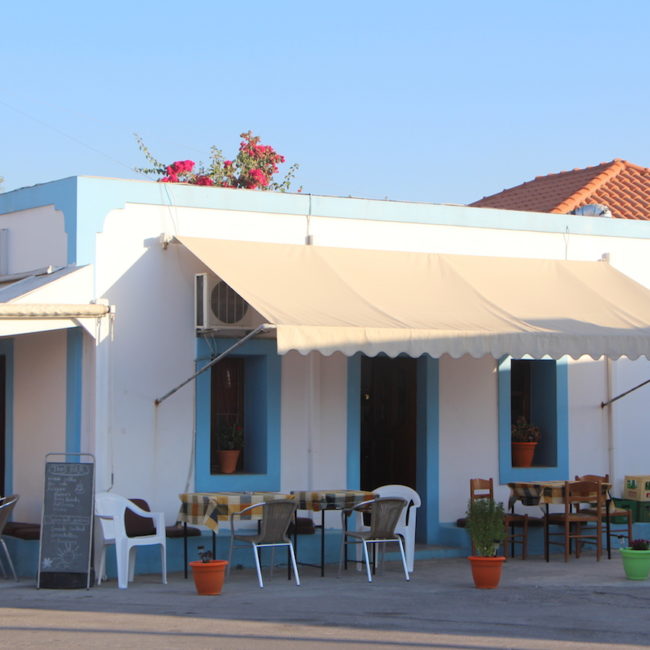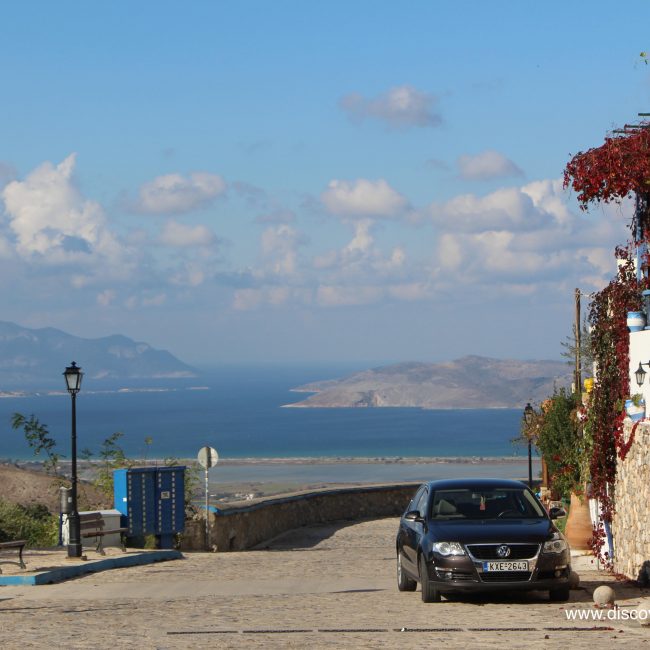
The Town of Pyli is situated some 15 kilometers southwest of the town of Kos. The town is home to about 2.500 inhabitants and is situated on the slope of a mountain overlooking the fertile lands below, near the middle of the island. It took its name from Palaio (old) Pyli, a village that is uninhabited and in ruins today. The name Pyli was already used in the ancient times, in the demes of Alentians and Pentians. The name Pilion was also known to Saint Christodoulos in the 11th century AD, when he built the monastery of the Theotokos (Virgin Mary) in 1081.
The town square is the center of activity, full of traditional cafes and you will also not fail to notice the classic Pyliotiko spiti (traditional house) right at the edge of it, and you can also visit the local spring with its beautiful lion shaped water sprouts about 100 meters away from the main square.
There are quite a few interesting monuments and sites to see in the area: Harmilos’ grave (Hellenistic burial chamber) situated under the church of the Holy Cross, the Palaio Pyli settlement and castle, and quite a few Orthodox Churches.
Today’s Pylis consists of the following settlements:
a) Agios Nikolaos or Peripatos, subdivided into the localities of 1) Pigi and 2) Harmyli
b) Agios Georgios or Patriko (the ancient Amvathrikon)
c) Amaniou on the SE of the village, with the oldest church in Pyli (Eisodia of the Theotokos)
d) Linopotis, 2,5 km. NE of Agios Georgios
e) Marmari, a touristic coastal hamlet.


















